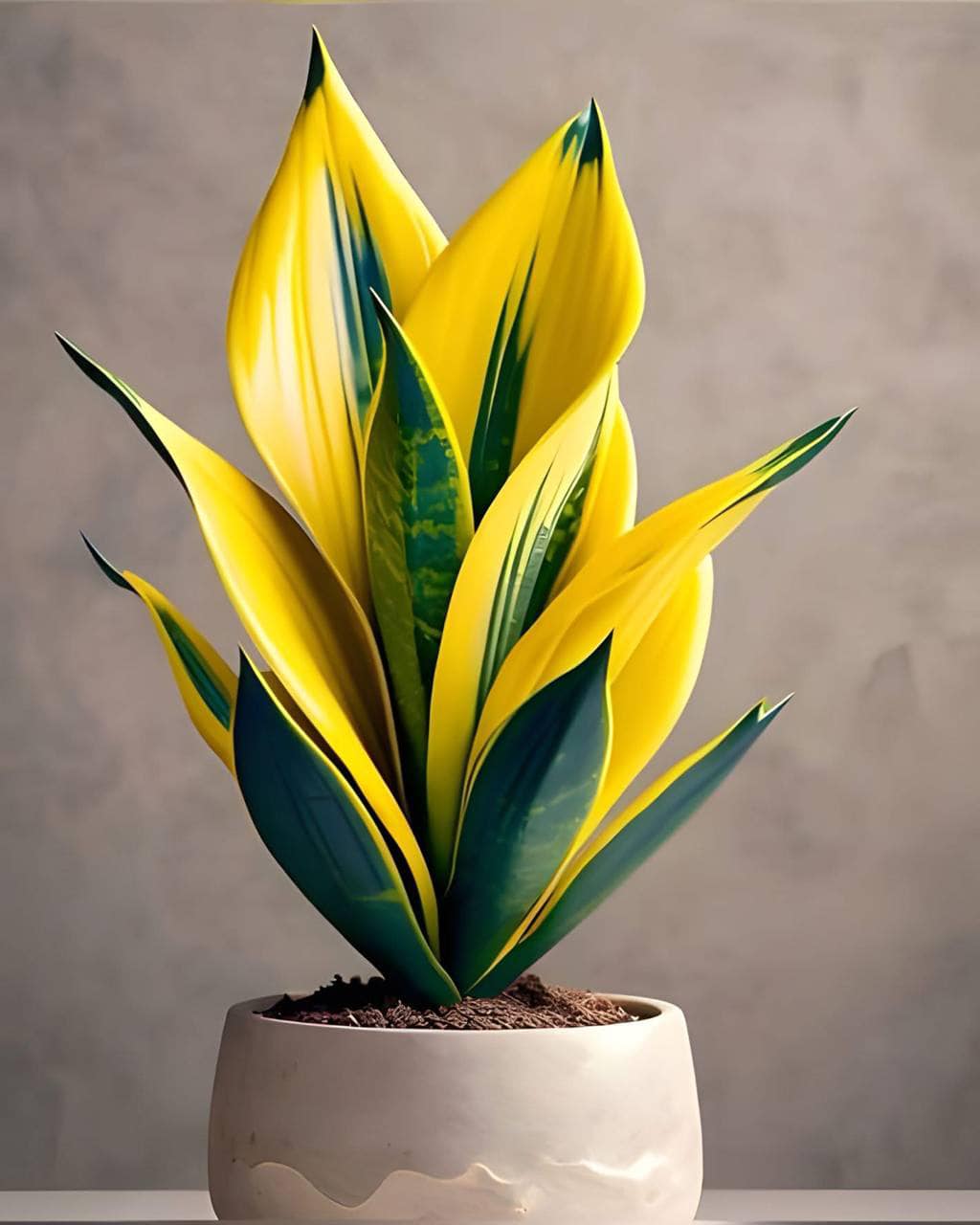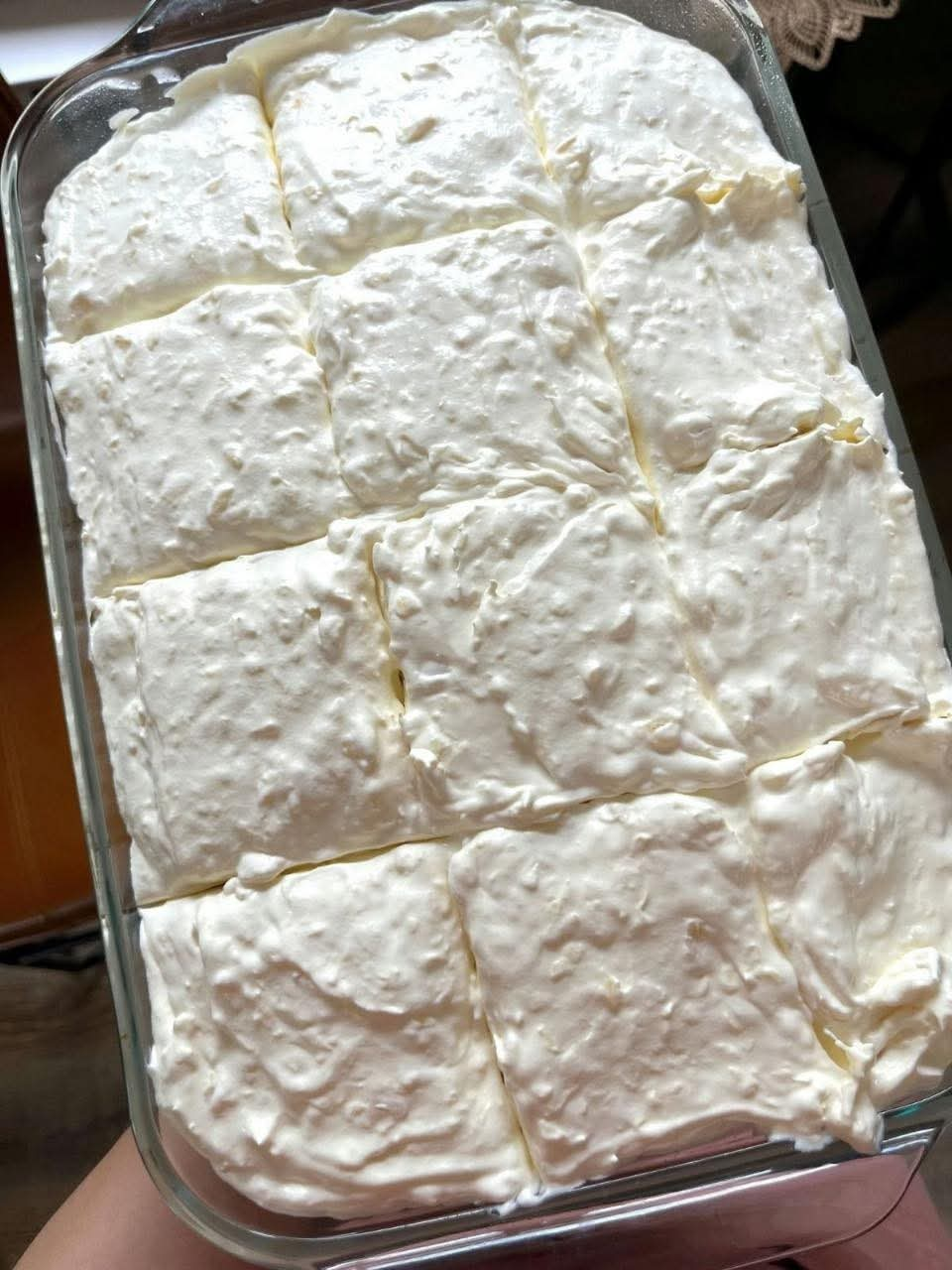The Golden Snake Plant, also known as Sansevieria trifasciata ‘Golden Hahnii’ or Golden Bird’s Nest, is a stunning and resilient houseplant that adds a touch of elegance to any indoor space. With its unique golden-edged leaves and compact rosette form, this variety of snake plant is perfect for those looking for a low-maintenance, attractive plant.
Known for its ability to thrive in low-light conditions and requiring minimal attention, the Golden Snake Plant is an ideal choice for beginners and experienced plant enthusiasts alike. Below are the essential care tips and growing conditions to keep your Golden Snake Plant thriving.
Growing Conditions for Golden Snake Plant
1. Light: Bright, Indirect Sunlight
The Golden Snake Plant thrives in bright, indirect sunlight but is also quite tolerant of lower light conditions. While it can handle periods of low light, it grows best in indirect light, which prevents the leaves from becoming leggy or losing their vibrant golden edges. If placed in direct sunlight, the leaves may burn, so it’s important to avoid exposure to harsh rays, especially during the hottest part of the day.
2. Temperature: Ideal Between 60-85°F (15-29°C)
This plant prefers temperatures between 60-85°F (15-29°C), making it ideal for most indoor environments. However, it is sensitive to frost, so it should be kept indoors or in a protected area if temperatures drop below 50°F (10°C). The Golden Snake Plant does well in average room temperatures, which is why it makes such a great indoor plant.
3. Watering: Water Sparingly
One of the easiest care aspects of the Golden Snake Plant is its low watering needs. It is highly drought-tolerant, so it’s essential to avoid overwatering, which is a common cause of root rot for snake plants. Allow the soil to dry out completely between waterings. During the growing season (spring and summer), water the plant every 2-3 weeks, and in the cooler months, reduce watering further, potentially once a month. Always ensure the pot has drainage holes to allow excess water to escape.
4. Soil: Well-Draining Potting Mix
The Golden Snake Plant thrives in a well-draining potting mix. A cactus or succulent mix is ideal as it allows water to drain quickly and prevents the roots from sitting in excess moisture. Adding sand or perlite to the soil can improve drainage if needed. This is essential for maintaining healthy roots and preventing rot.
5. Humidity: Tolerates Moderate to Low Humidity
The Golden Snake Plant is adaptable to a range of humidity levels, from low to moderate. It is a hardy plant and does not require high humidity to thrive. If you live in a dry climate, you can still grow this plant successfully without the need for extra humidity. It will adapt to average household humidity levels with no problem.
6. Fertilization: Balanced Fertilizer During Growing Season
Although the Golden Snake Plant is relatively low-maintenance when it comes to feeding, it does benefit from occasional fertilization during its active growing season (spring and summer). Apply a balanced, water-soluble fertilizer every 4-6 weeks during these months to support healthy growth and vibrant foliage. Avoid fertilizing during the dormant season (fall and winter), as the plant isn’t actively growing and doesn’t require additional nutrients.
Additional Care Tips for Golden Snake Plant
Avoid Overwatering: Snake plants are prone to root rot if overwatered, so it’s best to err on the side of under-watering. Be sure to allow the soil to dry out completely before watering again.
Repotting: Sansevieria trifasciata ‘Golden Hahnii’ doesn’t need frequent repotting. It’s best to repot every 2-3 years, or when the plant has outgrown its current pot. Choose a slightly larger pot when repotting to allow the plant room to grow.
Cleaning the Leaves: Dust can accumulate on the long, upright leaves of the Golden Snake Plant. Wipe the leaves gently with a damp cloth to keep them looking fresh and glossy.
Pests: While relatively pest-resistant, the Golden Snake Plant can occasionally attract mealybugs or spider mites. If you notice any pests, treat the plant with insecticidal soap or wipe the leaves with rubbing alcohol on a cotton ball.
Toxicity: Keep in mind that the Golden Snake Plant is toxic to pets (dogs and cats). If you have pets, ensure the plant is placed in an area that’s out of reach, or consider non-toxic plant alternatives.
Conclusion: A Low-Maintenance Beauty
The Golden Snake Plant is an excellent choice for those looking for a low-maintenance, aesthetically pleasing houseplant that thrives with minimal care. Its beautiful, golden-edged leaves and ease of care make it a perfect addition to any indoor space, from apartments to offices.
By following these simple care guidelines, you’ll enjoy a healthy, vibrant Golden Snake Plant that will continue to brighten your home for years to come. 🪴
More Articles You Might Like
-
Texas Toast Sloppy Joes: The Crunchy, Cheesy Upgrade You Didn’t Know You Needed
There’s something timeless about sloppy joes. For generations, this saucy, savory, and slightly sweet ground beef sandwich has been a go-to comfort food in American kitchens. It’s quick, filling, and family-friendly—perfect for busy weeknights. But what if we told you there’s a way to take this classic dish up a notch? Enter the Texas Toast…
-
Classic Pig Pickin’ Cake
When it comes to Southern desserts, few sweets shine as brightly as the Classic Pig Pickin’ Cake. This nostalgic cake, sometimes called a “Mandarin Orange Cake,” has roots deep in Southern tradition. It gets its playful name from its frequent appearance at pig pickin’s—Southern-style barbecue gatherings where communities come together to enjoy slow-cooked pork, sides,…
-
Lemon Garlic Butter Chicken with Creamy Parmesan Pasta
There’s something irresistible about the combination of tender, golden-browned chicken paired with a creamy pasta coated in Parmesan cheese. Add the brightness of lemon, the depth of garlic, and the richness of butter, and you have a recipe that feels indulgent yet approachable enough for a weeknight dinner. Lemon Garlic Butter Chicken with Creamy Parmesan…



